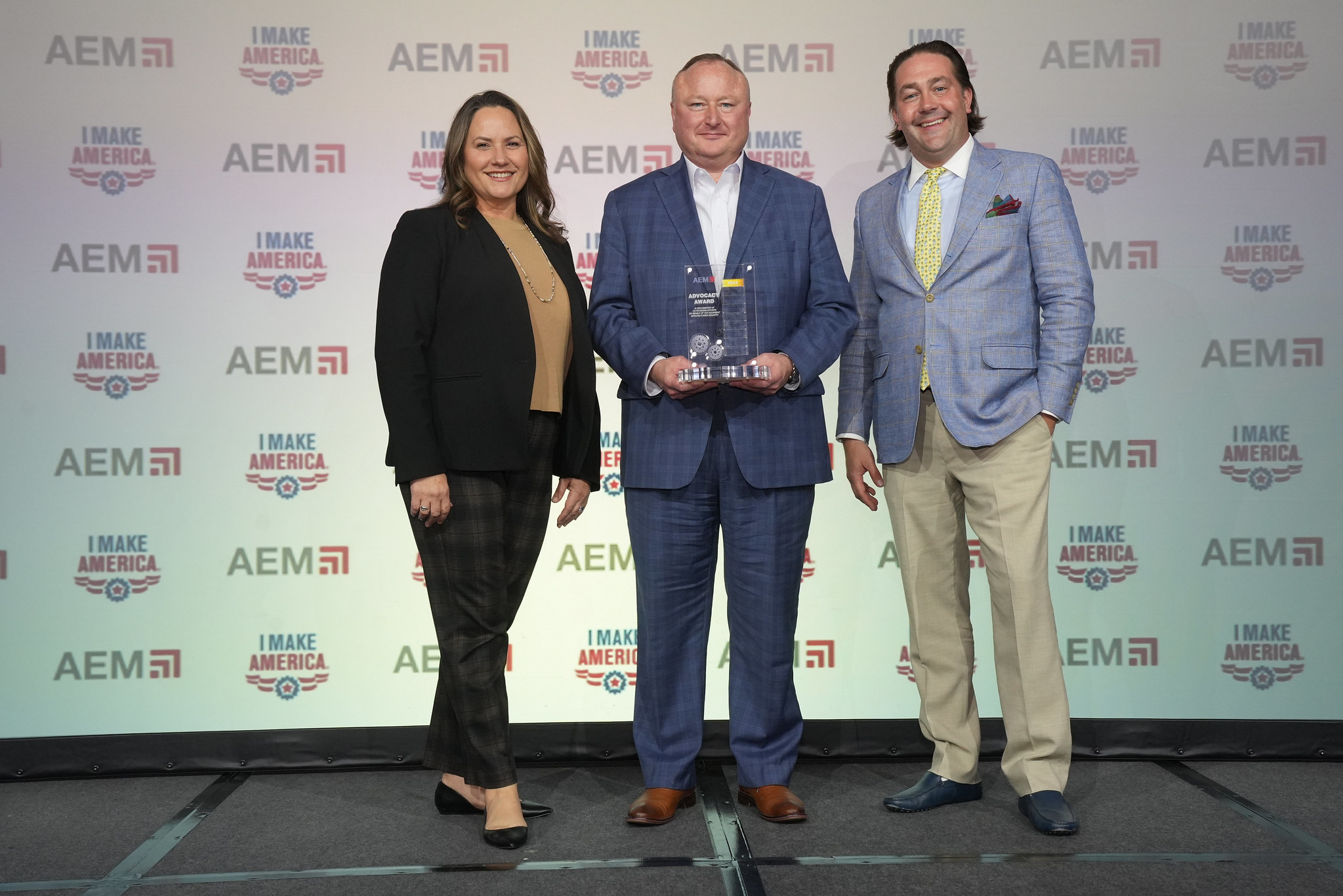By Jaime Vos, AEM Director of Safety Materials
As I scrolled through my online safety blogs the other day, I came across the photo of a rather questionable sign.
NOT ONLY WILL THIS EQUIPMENT HAZARD KILL YOU, BUT IT WILL ALSO HURT THE WHOLE TIME YOU ARE DYING.
As someone who takes safety seriously, I felt guilty laughing out loud, but then realized the effectiveness of its intended purpose. While the humorous sign may not have been compliant with government safety standards, its absurdity got my attention and, more importantly, got the message across. It also made me consider the importance of emphasizing proper safety signage in the workplace and the training needed to ensure employees know its true meaning.
We’re inundated by safety signs in our everyday lives; While we’re driving, crossing the street, and while we’re navigating through the workplace. In many cases, we’ve become conditioned to expect a stop sign at intersections and fire exit signs located in buildings. It’s almost as if we’ve started to take them for granted.
But in a manufacturing environment, it is imperative that employees not become desensitized to the safety message, and that they know the actual meaning of the signage and the level of hazard it communicates.
While there are numerous signs that communicate a range of hazards, the most basic categories that workers need to understand are Safety Signal Words. Signal Words are used to indicate the relative level of severity of the hazard and alert the reader to a potential hazard on the sign or label.
- DANGER means if the danger is not avoided, it will cause death or serious injury.
- WARNING means if the warning is not heeded, it can cause death or serious injury.
- CAUTION means if the precaution is not taken, it may cause minor or moderate injury.
In many cases, these Safety Signal Words are required to be used in all safety literature or technical publications related to equipment operations or manufacturing environments.
Location of the sign is also key. In many cases, there may be local, state or federal regulations that mandate signage in certain areas and that they are placed in specific areas relevant to an employee’s work and the possible hazards they may encounter.
While the standardization of specific wording and visuals of the safety message is important in signage and labels, employee awareness is crucial to understanding where the signs are placed and specifically what they mean. Businesses should always train employees to Standard Operating Procedures that communicate best safety practices and what safety signs will be displayed in which areas. Training (and in some cases) testing should always be documented and, if necessary, certified.
We become accustomed to most of the safety signage and labeling we see in our work and in our homes, but we must never become complacent about the importance of what is being communicated. Employers have a duty to strengthen their safety message in the workplace and ensure that employees are periodically trained and tested to understand the potential hazards of their environment.
When reevaluating your safety training, it is important to consider whether your safety signage is getting the message across. Does your company have documented standard operating practices that clearly communicate safe operation of equipment using the appropriate signage and labels?
Do you regularly document employee training requirements and test their knowledge of best practices for safe operations in their work environment?
Navigating through all the requirements needed to keep employees safe can be daunting. It takes a considerable amount of knowledge and discipline to enforce best safety practices and to ensure they meet all local, state and federal regulations.
There is no shortage of important considerations to keep front of mind when evaluating the effectiveness of safety signage in the workplace, and it is really not difficult to understand why. After all, as the questionable sign I saw online so creatively – and accurately– pointed out, the stakes are very high when it comes ensuring the safety and well-being of employees on the job. And that, I think we all can agree, is no laughing matter.
For More Information
AEM supports safety awareness year-round by offering an extensive array of safety products, including safety manuals and videos, with major equipment types covering aerial, agriculture, compact/portable, earthmoving, forestry, lifting, road paving and utility excavation applications.
Click here to see the complete line of AEM safety materials, or visit safetymaterials.org.
AEM Safety & Product Leadership
AEM’s Safety & Product Leadership Department works to address ever-increasing global demands on equipment manufacturers to develop machines that are safe, productive and compliant. To learn more, visit https://www.aem.org/safety-product-leadership.
For more AEM staff perspectives, subscribe to the AEM Industry Advisor.





